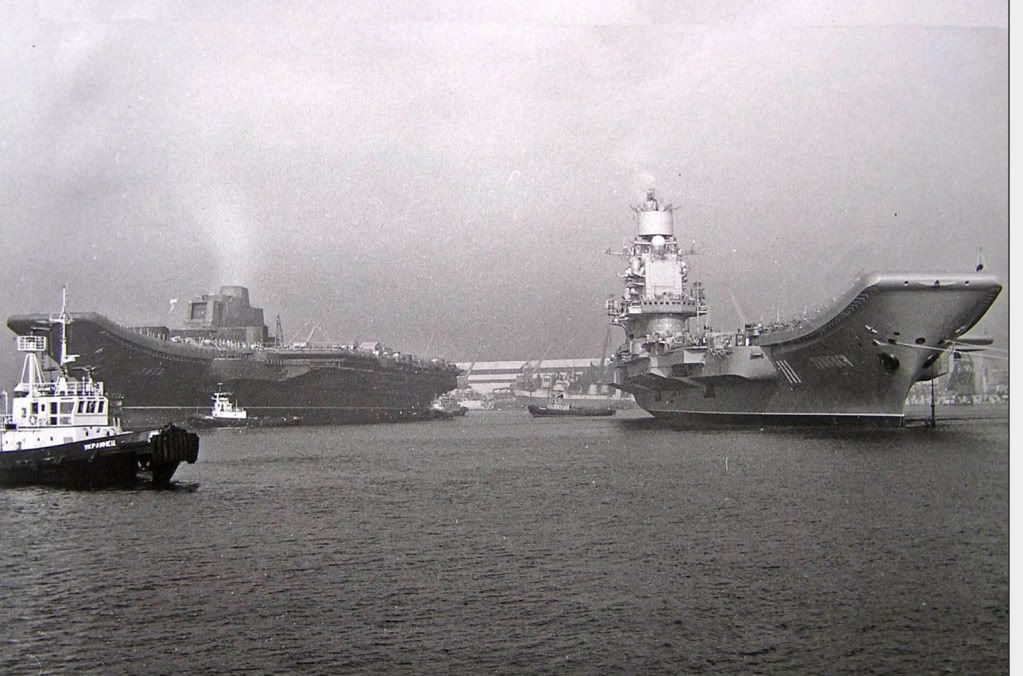On Unmanned Carrier Launched Airborne Surveillance and Strike Program:
Posted on InsideDefense.com: May 16, 2014
Despite House authorizers significantly slashing the Unmanned Carrier Launched Airborne Surveillance and Strike program by $203 million, the Navy intends to release a final request for proposals in July, according to a service official.
A final RFP will be issued following an industry day with the four companies that are competing in the air vehicle portion of the program. The companies are Boeing, General Atomics Aeronautical Systems, Lockheed Martin and Northrop Grumman. The Navy released the draft RFP for the UCLASS air vehicle on April 17, Rear Adm. Mat Winter, program executive officer for unmanned aviation and strike weapons, said May 13 at an Association for Unmanned Vehicle Systems International conference in Orlando, FL.
In the House Armed Services Committee's version of the 2015 defense authorization bill, language was included that prohibits the Navy from awarding a contract for the system until the Pentagon reviews the program's requirements. On May 8, the full committee approved the bill.
"The review should pay special attention to revised threshold requirements for unrefueled mission endurance, automated aerial refueling, refueled mission endurance, survivability, internal weapons carriage and flexibility, and autonomy/mission control system functionality," the House version of the bill reads. "It should include mission- and campaign-level quantitative analysis of representative carrier-based unmanned air system missions in the 2025-2035 timeframe, including but not limited to ISR, precision strike and electronic attack."
Rep. Randy Forbes (R-VA), House Armed Services seapower and projection forces subcommittee chairman, is driving the effort for the Navy to modify its UCLASS requirements. He asked the Pentagon to take a "second look" at the requirements since the system will not enter the fleet for about 15 years and if it cannot combat today's threats, Forbes argues, it will not be able to combat future threats, he said May 9 at a Real Clear Defense event in Washington.
Inside the Navy reported earlier this month that the Navy is quantifying the delay to the UCLASS program if the House bill stands. The suggested cut is exactly half what the Navy requested in FY-15.
However, if half the funding is cut, it would "certainly slide the program to the right," Capt. Chris Corgnati, intelligence, surveillance and reconnaissance capabilities deputy director in the office of the chief of naval operations, told ITN May 8 after a Center for Strategic and International Studies event in Washington.
Corgnati said the Office of the Secretary of Defense may submit a breakdown to Congress on the impact the funding cut will make on the UCLASS program depending on the Senate's version of the bill. Senate authorizers will mark up their bill this week.













